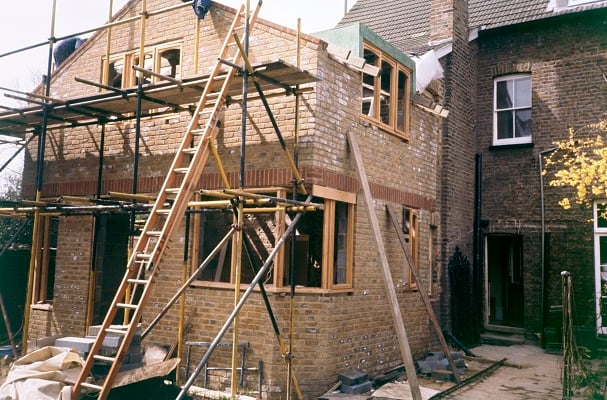According to the latest industry insight from Searchland, the development site sourcing specialists, the estimated value of infill sites across England and Wales is currently £256.2bn, with the South East home to 20% of these under utilised development opportunities.
Infill sites are tracts of empty or under-utilised land in urban areas that are ripe for development opportunity and Searchland’s data reveals just how many of these sites are currently located across England and Wales, as well as their potential value in the current market.
Their data shows that there are currently some 510,528 infill sites across England and Wales, totalling 814.4m sq ft, with each site averaging 1,595 sq ft.
Based on the current average value of developed land (£315 sq ft), these underutilised infill sites hold a current estimated market value of £256.2bn.
The South East holds the greatest development potential when it comes to infill sites. Not only is the region home to 103,185, accounting for 20% of the national total, but based on current market values these sites are worth an estimated £68.4bn if developed.
With 82,297 infill sites, the South West ranks second, with the total estimated value sitting at £41.3bn in the current market.
The East of England also places within the top three, home to 13% of all infill sites in England and Wales, worth an estimated £40.1bn in the current market.
The North East boasts the lowest number of infill sites at 14,449, just 2.8% of the national total. Despite this, the current estimated value of this land if developed is still a notable £3.5bn.
Co-founder and CEO of Searchland, Mitchell Fasanya said, “Infill sites present a great opportunity to developers as they are largely located in urban areas and major cities where land is sought after and housing is in high demand. What’s more, they are often found within existing developed areas and ideally placed to secure planning permission.
This means they can be developed or sold on for a profitable return although there are factors to consider such as the threat of flooding, steep sites, they may not benefit from public transport, they may fall within a potential conservation area, or within an authority that has already hit its housing targets.
They can also be tricky to identify in the first place, however, with the right help, they can prove an extremely worthwhile development endeavour.”






Leave a Comment